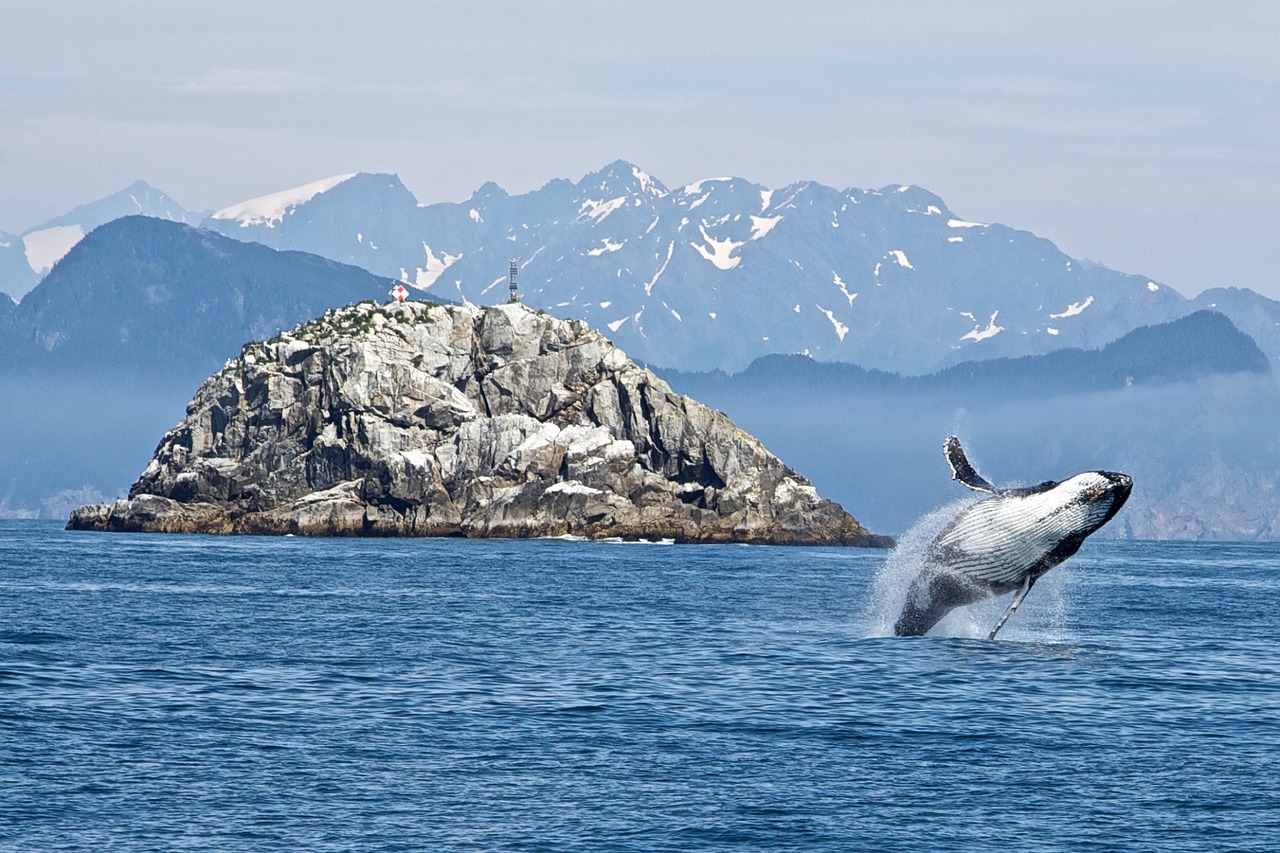
When humans hunt and fish, they tend to favor animals that provide significant resources. In the oceans, whales, sharks and other large vertebrates have been targeted for centuries, and while the international ban on whaling has helped some species recover in select areas, many populations have fallen to a fraction of their natural levels.
This has a negative effect on species and ecosystems, and can also impact the climate: When whales and other large animals flourish in the ocean, they carry a substantial amount of carbon to the sea floor upon dying. Whales and other large marine vertebrates could effectively function as carbon credits. To better understand this process, researchers from the University of Maine, Gulf of Maine Research Institute and the University of British Columbia conducted a study, “The Impact of Whaling on the Ocean Carbon Cycle: Why Bigger Was Better.” The research was published in 2010 in PLoS ONE, a peer-reviewed, open-access online publication.
The key findings include:
- Compared to pre-exploitation levels, the current populations of large baleen whales store 9.1 million fewer tons of carbon.
- About 160,000 tons of carbon per year could be removed from the atmosphere if whale populations were restored to pre-industrial levels. This amount is equivalent to adding 843 hectares of forest.
- Restoring the whale populations compares favorably with unproven schemes such as iron fertilization in removing carbon from the ocean surface.
The authors propose the development of better mechanisms to quantify the benefits of rebuilding whale populations and incentivize organizations to do so.
Keywords: biodiversity, carbon, global warming, greenhouse gases, biodiversity, wildlife
